Breast health is a major concern for women worldwide. In America alone, it’s estimated that 1 in every 8 women will develop breast cancer at some point in her life (1).
And while it’s less common, men aren’t exempt from breast cancer either. According to Breastcancer.org, over 2,500 cases of male breast cancer are diagnosed each year (2). With these statistics, the need to boost breast health for cancer prevention is more important now than ever before.
The good news is, there are several ways to improve your breast health naturally. Through specific nutrients and lifestyle changes, you can keep your health strong and reduce your risk for breast cancer.
Struggling to lose weight? Unable to focus? Chances are, your hormones are out of whack.
Grab Our FREE Guide To Fixing Your Hormones By Clicking Here!
What Causes Breast Cancer?
The exact cause of breast cancer is difficult to pinpoint, and will be different for every person.
Breast cancer has been linked to uncontrollable factors such as genetics (studies speculate a greater risk for developing breast cancer if a first-degree relative has had it), but it should be noted that the majority of women who are diagnosed with breast cancer do not have a family member with breast cancer.
Interestingly enough, epigenetics are playing more of a role in cancer development. In other words, your environment, lifestyle and diet are considered to be more common risk factors for changes in your DNA that may lead to cancer (3). A good way to explain this mechanism is to say “your genes load the gun, the environment pulls the trigger.” [tweet_quote] Your DNA may predispose you for cancer, but lifestyle and diet make all the difference.[/tweet_quote]
Now, for a little pathology 101: gene mutations—which are typically passed down from a parent—can also cause cancer. Gene mutations have also been linked to cellular damage from environmental factors, such as toxins and sun damage (4).
In particular, breast cancer is linked to gene mutations of the BRCA1 and BRCA2 genes, which are responsible for preventing cancer development in your cells (5). Gene mutation can occur at any point in life, but breast cancer related to BRCA1 and BRCA2 is seen in younger women (6).
Other common risk factors for breast cancer include:
Age
Aside from gender, age is said to be the most common risk factor for developing breast cancer. While you can develop breast cancer at any time, women over the age of 50 are at the highest risk.
Obesity
Studies show that women who have a BMI higher than 25 are more likely to develop breast cancer. While the exact link between weight gain and breast cancer isn’t known, research suggests that where weight gain occurs could either promote or prevent breast cancer development (7). [tweet_quote] If your BMI is over 25, your chances of breast cancer increases.[/tweet_quote]
For example, midsection weight gain could be a greater risk factor for breast cancer, rather than weight gain in your face and thighs. This is because midsection weight gain is related to elevated levels of the stress hormone cortisol in your blood. And high cortisol levels can stimulate the growth of cancer cells (8).
Midsection weight gain is also a sign of high insulin levels, which research shows increases your risk for cancer by 15-20% (9).
Estrogen Dominance
Estrogen dominance is a condition that can occur when your progesterone levels are too low or when your estrogen levels are too high. Symptoms of hormonal imbalance can occur from taking oral contraceptives for long periods of time, or during intense periods of chronic stress (10).
Estrogen is the female sex hormone that promotes growth and development. It’s said that in certain cases, excess estrogen in your blood can also promote the growth of tumors and allow cancer cells to spread (11). Now, that’s not to say every person with excess estrogen will develop cancer—it simply means that estrogen plays more of a role in the development of cancer cells than other hormones. [tweet_quote] Hormonal imbalances can suppress the body’s immunity, making cancer more of a risk.[/tweet_quote]
Since estrogen dominance is a hormonal imbalance, it can also suppress the body’s immune function by impairing the function of T-cells (12).
Estrogen dominance can occur from being regularly exposed to xenoestrogens and phytoestrogens, which mimic estrogen in the body and raise estrogen levels when absorbed. Xenoestrogens are environmental toxins found in plastic containers, cleaning products and cosmetics, while phytoestrogens are found in estrogenic foods such as soy products and non-organic meat that’s been treated with growth hormones.
Early Menstruation
While it’s not yet fully understood, studies have shown a link between menstruation before the age of 15 and an increased risk of breast cancer (13).
Excess Alcohol Consumption
Excess alcohol consumption can increase estrogen levels in the blood (14). Alcohol may also cause cellular damage, which as you now understand, may increase your risk of breast cancer.
As you can see, the most common risk factors for breast cancer are not only related to genetics, but also lifestyle and dietary choices. This means that you can still take control of your breast health and lower your risk of breast cancer. Let’s take a look at which nutrients offer the greatest benefits to your bosom by promoting optimal cellular health.
Nutrients for Breast Health
Antioxidants
Antioxidants help disarm free radicals, which are toxins that damage DNA and destroy cells (15). Free radicals cause oxidative stress in the body, which is linked to the development of many diseases, including cancer. Antioxidants can also help slow the aging process and prevent gene mutation. And as you now know, both of these factors contribute to breast cancer.
All fruits, vegetables, nuts and seeds contain antioxidants. The foods highest in antioxidants are berries, goji berries, carrots, squash, pumpkin, beets, sweet potatoes walnuts, leafy greens, mushrooms, pomegranates and algae, such as chlorella or spirulina.
Vitamin D
Studies suggest that low vitamin D may be linked to breast cancer, since vitamin D is shown to have antioxidant activity in the mammary gland (16). [tweet_quote] Loading up on vitamin D can help keep cancer risk at bay.[/tweet_quote]
Certain foods on the Paleo diet contain vitamin D, such as wild salmon and egg yolks. However, the sun is ultimately the most abundant source of vitamin D available to us.
During the fall and winter months, it can be extremely difficult to absorb enough vitamin D from the sun (unless you live in a tropical climate). For this reason, it’s recommended to supplement with 1,000 – 2,000 IU of vitamin D for optimal health during the colder months.
Omega-3 Essential Fatty Acids
While inflammation is the root cause of all illness and disease, studies prove that chronic inflammation (and inflammatory conditions, such as irritable bowel disease) have a direct link to cancer development (17).
This is why it’s important to include foods in your diet that help reduce inflammation, such as omega-3 essential fatty acids. Omega-3’s are essential fats that we must obtain from our diets because our body can’t produce them. Because they’re such powerful anti-inflammatories, omega-3’s are fats that should never be avoided.
You can increase the omega-3’s in your diet by taking fish oil and eating wild salmon, chia seeds, hemp hearts, walnuts, algae, flaxseed and grass-fed meat.
It should also be mentioned that we require a balance of omega-3 to omega-6 essential fatty acids for optimal health. While omega-3’s and -6’s are needed to fight inflammation and promote cardiovascular health and cognitive function, omega-6 essential fatty acids can become pro-inflammatory when they’re consumed in excess, leading to systemic inflammation. [tweet_quote] Foods that reduce inflammation also reduce your risk of cancer. Increase omega-3’s by eating salmon or chia seeds.[/tweet_quote]
The ideal ratio of omega-3 to omega-6 essential fatty acids is approximately 1:3, but today’s Western diet has a ratio of 1:17 (18). Many of the omega-6’s in our diet come from high oleic vegetable oils, such as soybean oil and sunflower oil, that are used liberally in processed foods.
So while increasing your omega-3 intake is helpful for reducing inflammation, your omega-6 intake must be simultaneously reduced to further prevent illness and disease.
Indole-3-Carbinol
Indole-3-carbinol is a compound found in cruciferous vegetables such as broccoli, cauliflower and Brussels sprouts. I3C is a powerful nutrient for promoting hormone balance and breast health, as it helps prevent excess estrogen from being absorbed in the bloodstream (19).
Stress Management for Breast Health
While certain nutrients are necessary for cancer prevention, stress management is also crucial to breast health.
Stress promotes inflammation in the body as well as the release of excess cortisol in your blood. And as I’m sure you can relate, stress also makes you crave carbs and sugar! Carbs and sugar spike your insulin levels, which also increases your cortisol levels. Needless to say, it’s a vicious cycle at best.
As mentioned above, elevated cortisol levels are linked to midsection weight gain, which can increase your risk for breast cancer. And when cortisol levels are elevated for prolonged periods of time, your immune system can also become suppressed and impair your body’s natural defenses against illness and disease (20).
Getting 7-8 hours of sleep each night, exercising regularly, spending time outdoors, practicing yoga, laughing often, eating nutritious foods and making time for the activities you enjoy are the best ways to begin reducing your stress levels.
As you’ve seen, breast health is influenced by several factors, not just genetics. By increasing the nutrients in your diet and making positive lifestyle changes where necessary, you’ll reduce your risk for breast cancer and enhance your entire well-being.
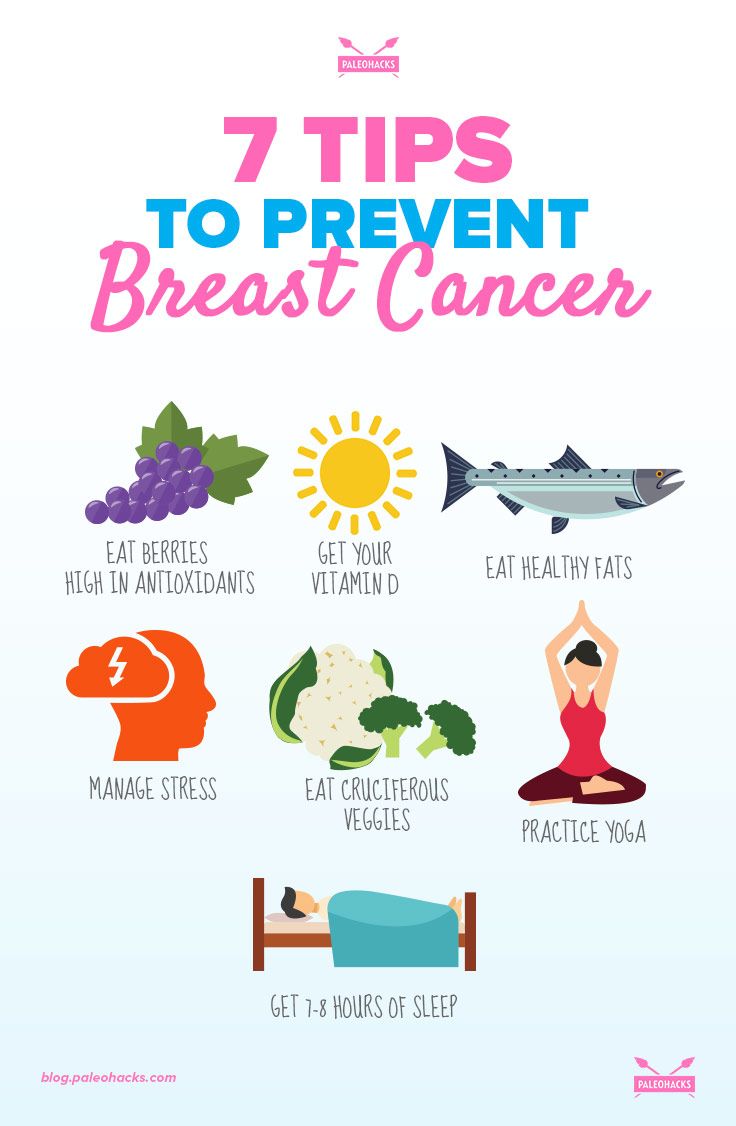
(Read This Next: Your Guide to Better Bra Health)


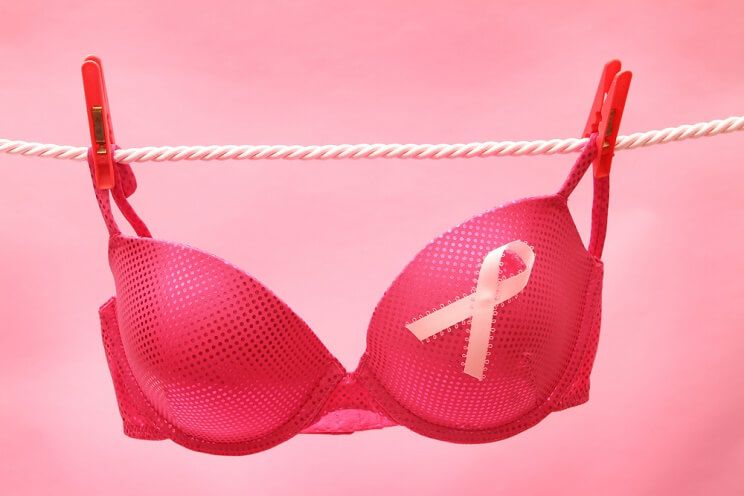

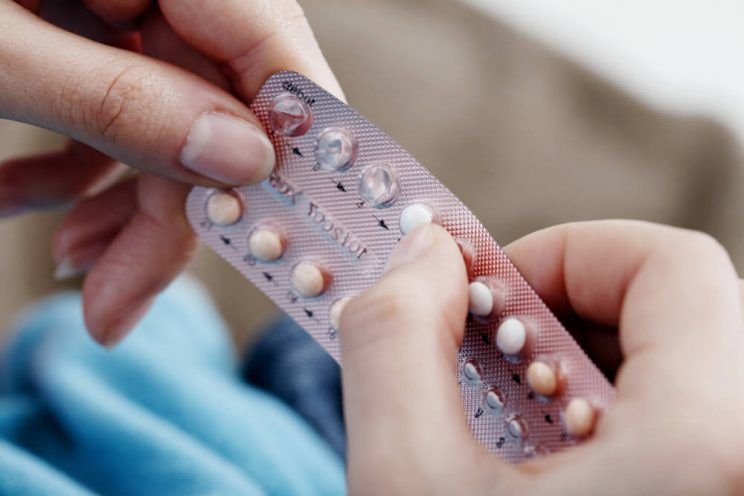


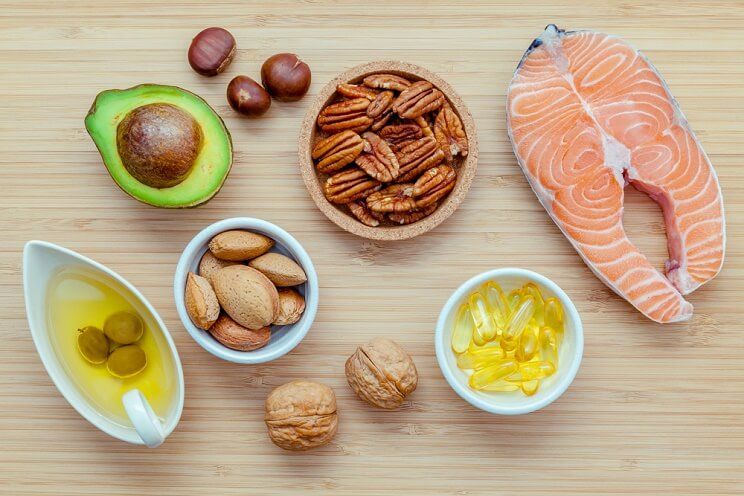

 Turmeric and Honey Roast Turkey
Turmeric and Honey Roast Turkey
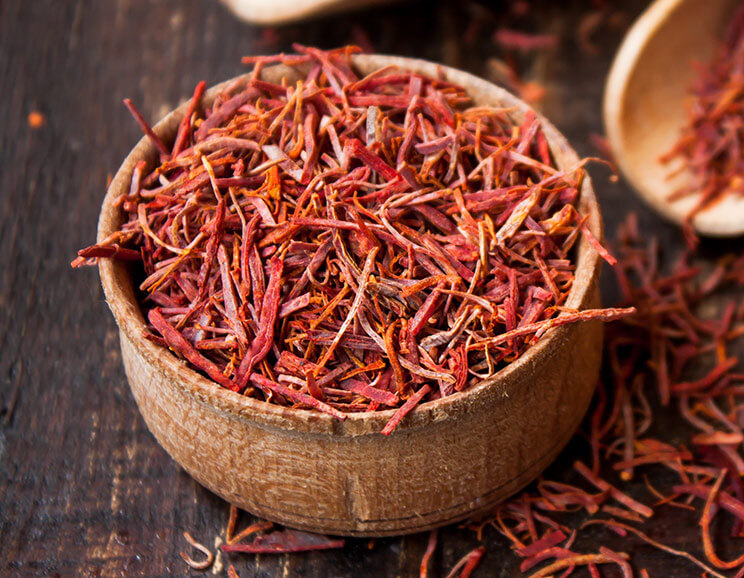


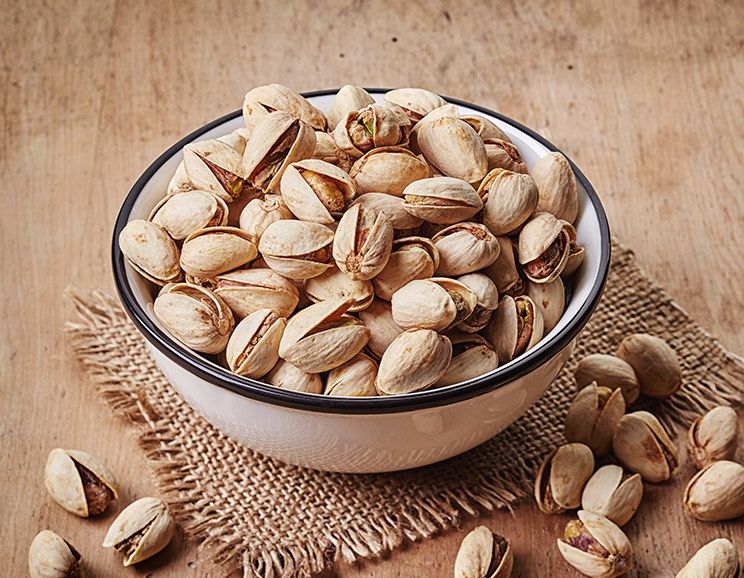

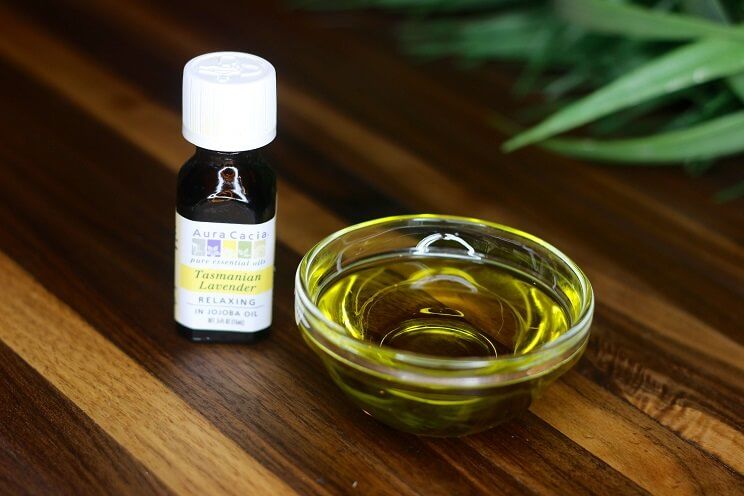
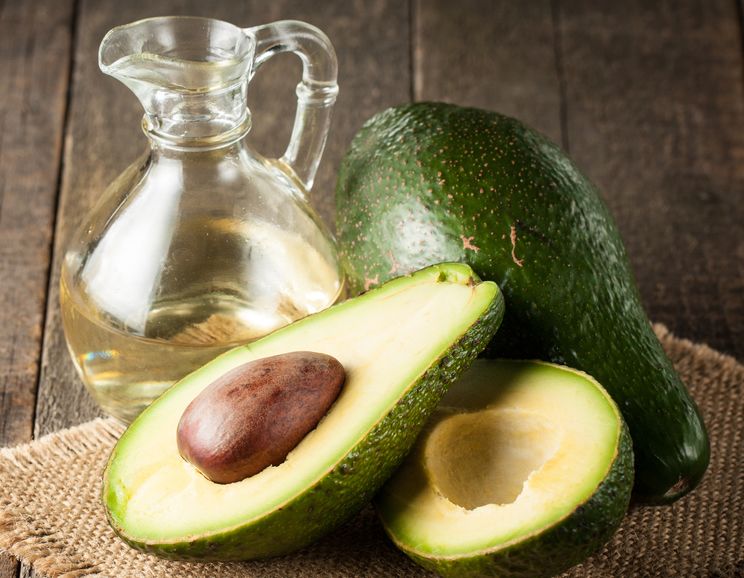
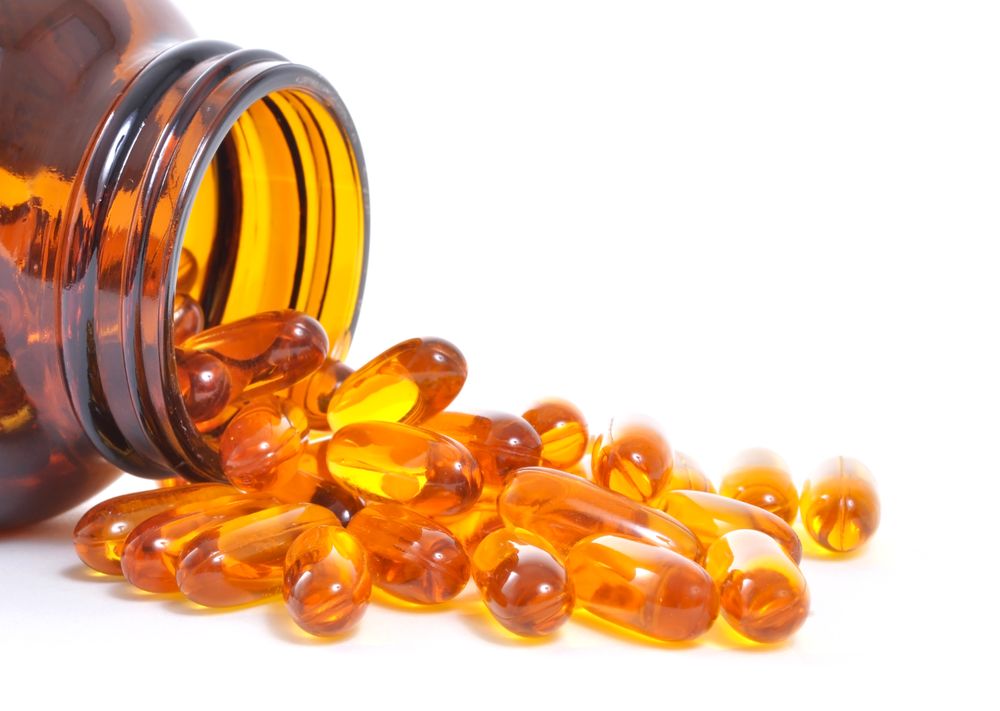

Show Comments